The Méliusz Library owns multiple museum’s worth Csokonai-volumes, including the collection called Ódák két könyvben, which was issued in 1809. The Csokonai album edited by Kulini Nagy Benő is not only a book summarizing the poet’s lifework, but also an important collactable item of the era. The album was issued in 1861, Debrecen.
The name of Csokonai Vitéz Mihály (1773-1805) is synonymous with Debrecen. The most famous poet of the Age of Enlightenment studied poetry in the esteemed College, where the ideology of knowledge acquisition and the carefree playfulness of the rococo defined his artistic evolution. Later, mostly his theoretic (Az estve, Konstancinápoly) and love poems established Csokonai’s reputation. The latter was a refined combination of melody and elegy as part of the Lilla-cycle and became a manifestation of Hungarian poetry in world literature. He was not only a literary prodigy, but a real genre experimenter: the comic epos Dorottya and the comedy Az özvegy Karnyóné proves that. His short life ended in his hometown, as after a couple of years of teaching he returned to Debrecen to publish his lifework. Due to his early death, he only became the greatest poet in Hungarian literature later.
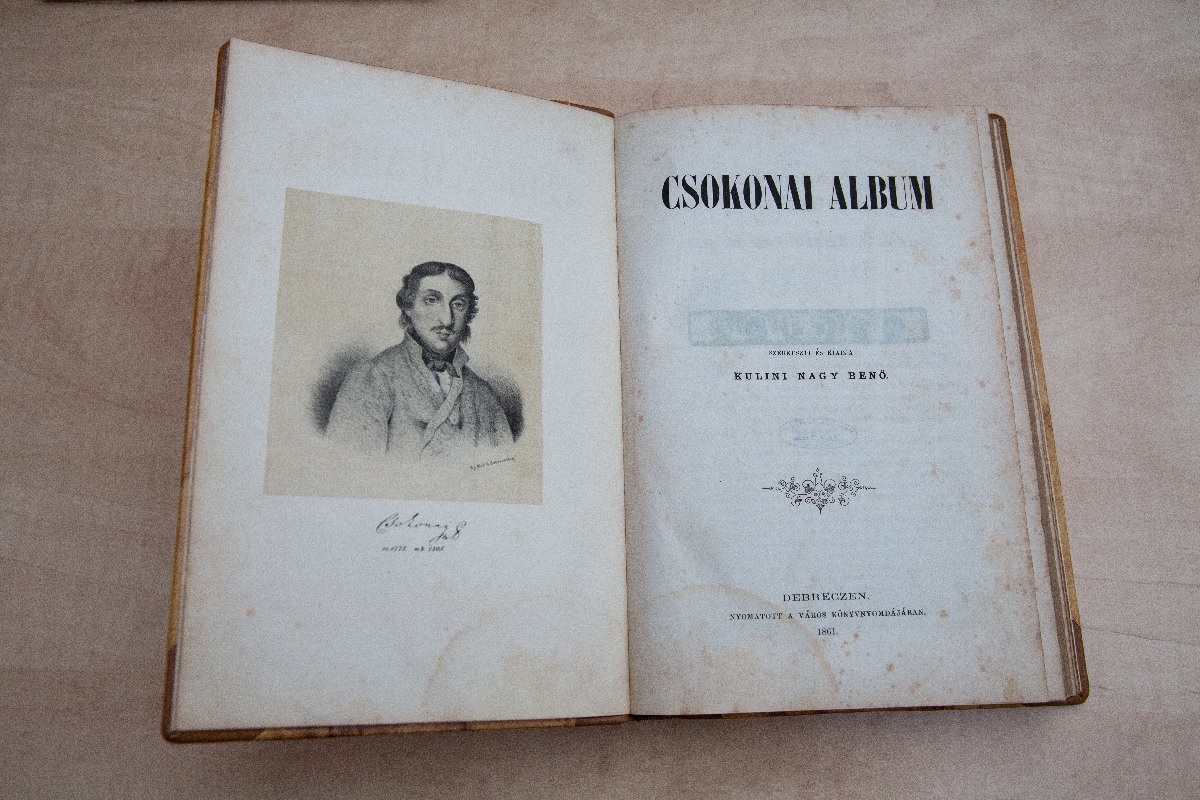
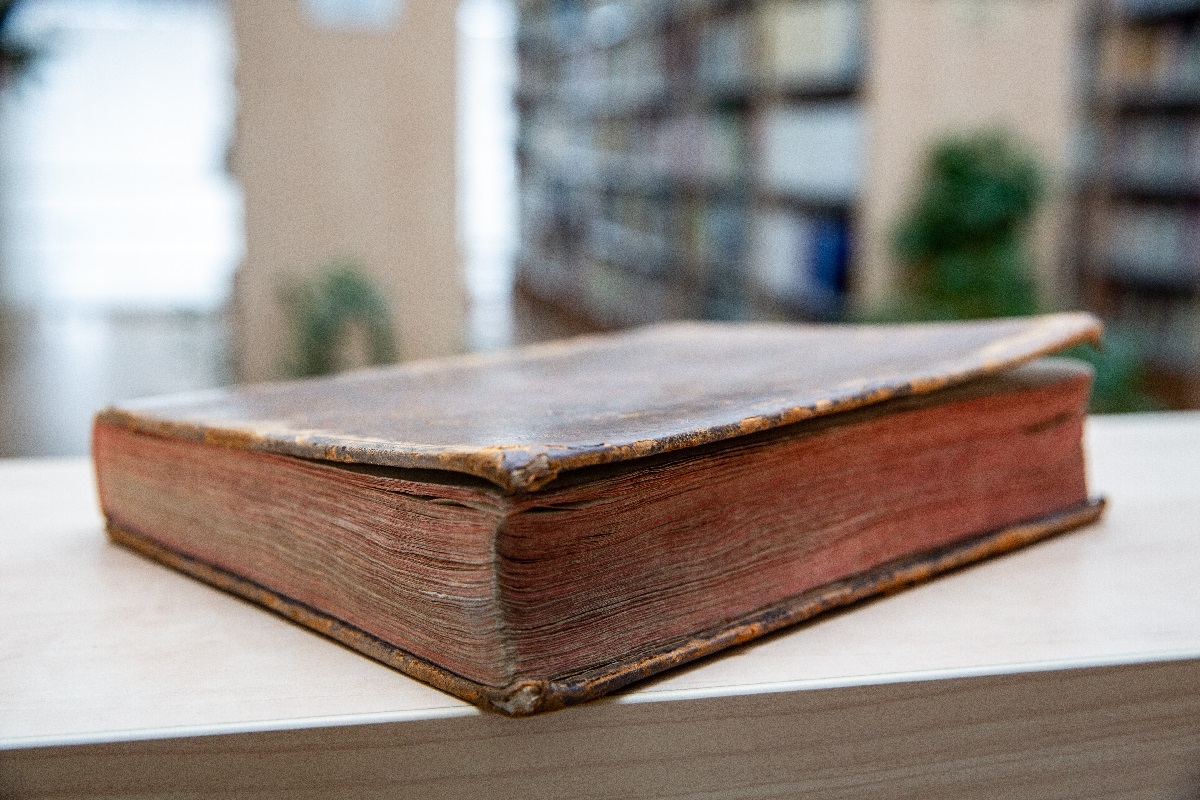
The institution was named after Méliusz Juhász Péter (1532-1571) in 2003. He was a bishop of the Reformed Church, church scholar, writer, botanist and the most prestigious and knowledgeable leader of the Hungarian reformation. He attended the university of Wittenberg. Later, between 1561 and 1562 he was a bishop of the Church of Debrecen and the Tiszántúli Reformed Churches from 1562 until his death. He organized the Reformed Church in Hungary while doing valuable literary work and participating in numerous polemic discussions.
Along with others, he edited the first Helvetic Confession in Hungarian language, based on the Calvinist beliefs. His programmatic sermons became important works of polemic literature of his age. In these sermons he tried to strengthen the position of Calvinism in relation to the Lutherans and Unitarians. He also published the first Calvinist prayerbook and songbook, moreover translated Calvin’s Catechism to support congregation. He also attempted to translate the Bible. Some books of the Old Testament and New Testament has been published, however copies of the New Testament translations disappeared. He wrote Herbarium, the first Hungarian academic botanical book for medical purposes, which has been published after his death.
He played an important role in developing and consolidating Hungarian reading culture. In 1561 he hosted the famous itinerant typesetter, Huszár Gál in Debrecen. The city press (called Alföldi lately) which is still operating, was established with the help of the equipment he had left here. This place was an important center of Hungarian education over the centuries: tremendous excellent work of Hungarian literature and science came from the press and several handbooks and church books have been printed there.
His time on earth was short, however his activities have made a huge impact on general thinking, attitude and spirit of the people of Debrecen and its surroundings. The value system he represented is an integral part of the city’s cultural life.
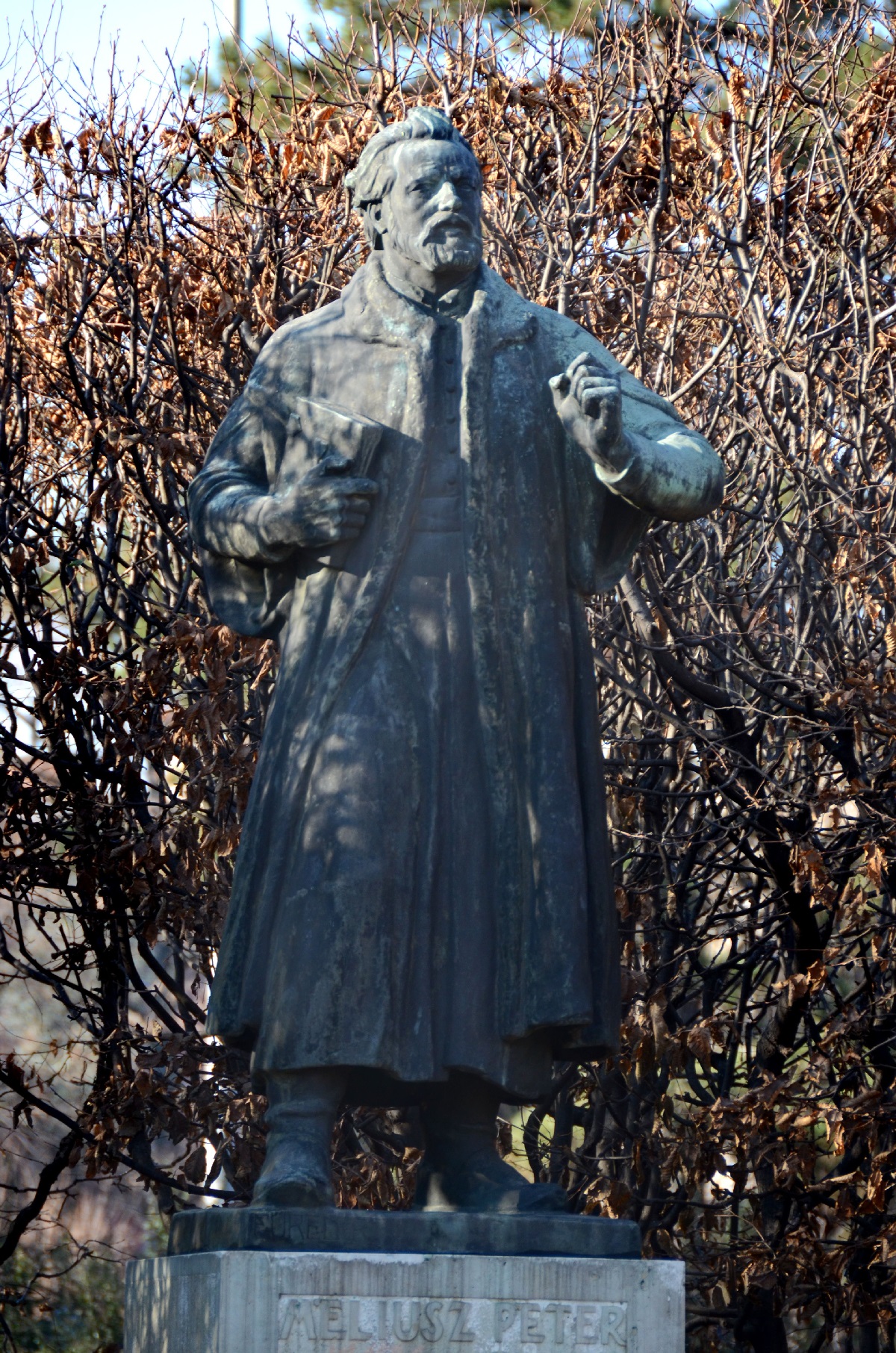
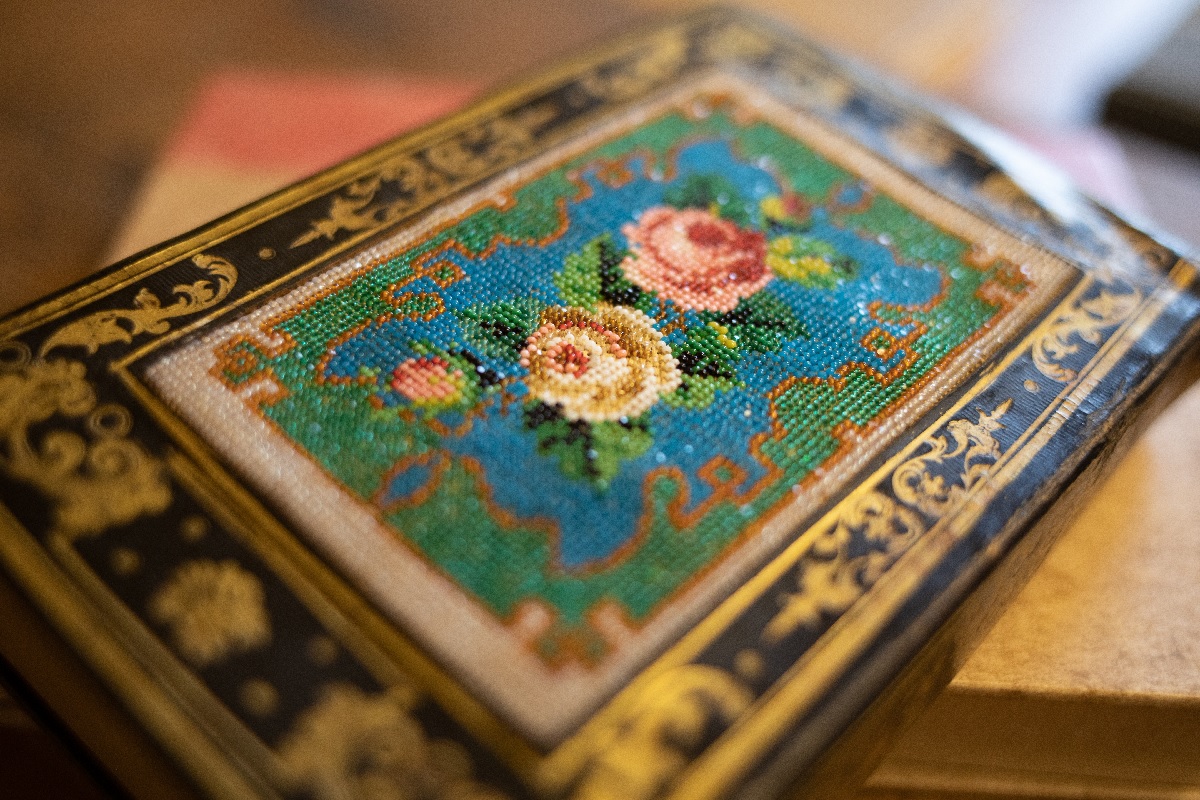
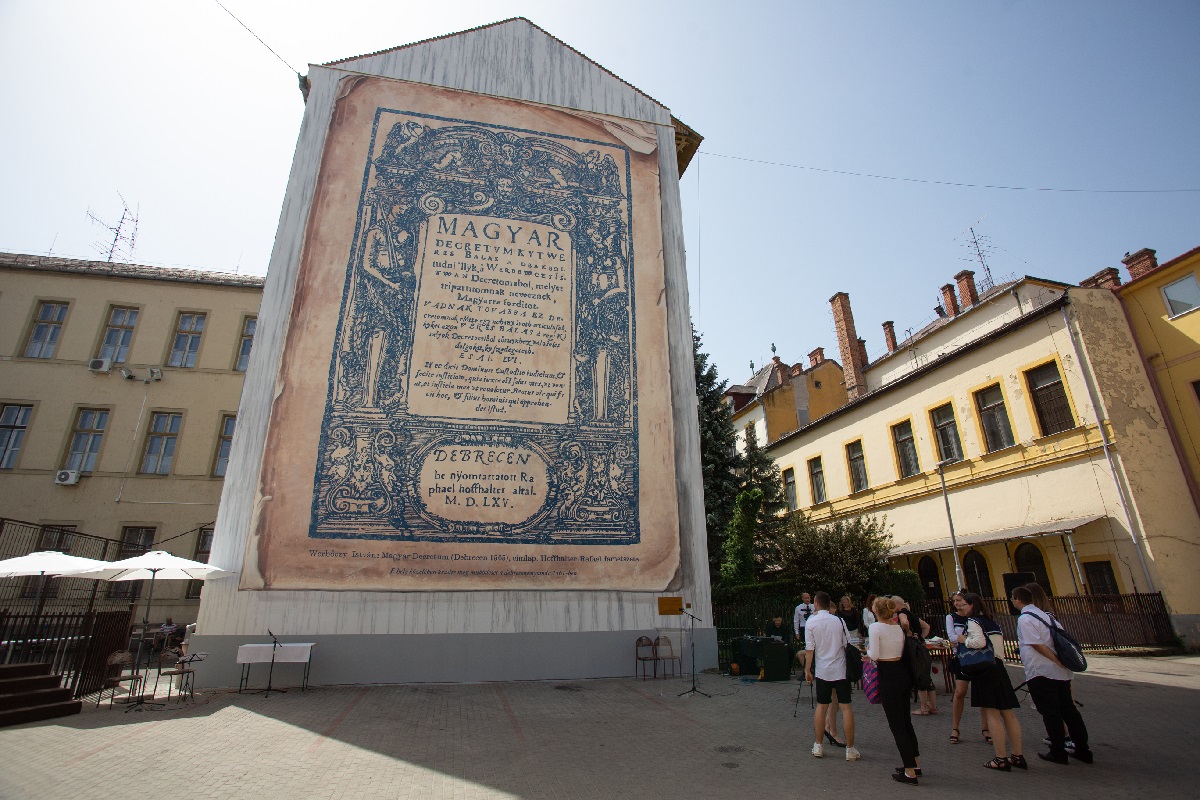
The spectacular work was created by the Vocational Training Centre of Debrecen to commemorate the 460–year history of printing presses in the city. The mural depicting the title page of István Werbőczy’s Tripartitum translated into Hungarian, a collection of 16th-century common law of Hungary, covers the entire wall. This book was printed in the first printing shop in Debrecen, a predecessor of Alföldi Press, not far from where Bethlen Gábor Technical School of Economy, a member institution of the Vocational Training Centre of Debrecen, is situated today.
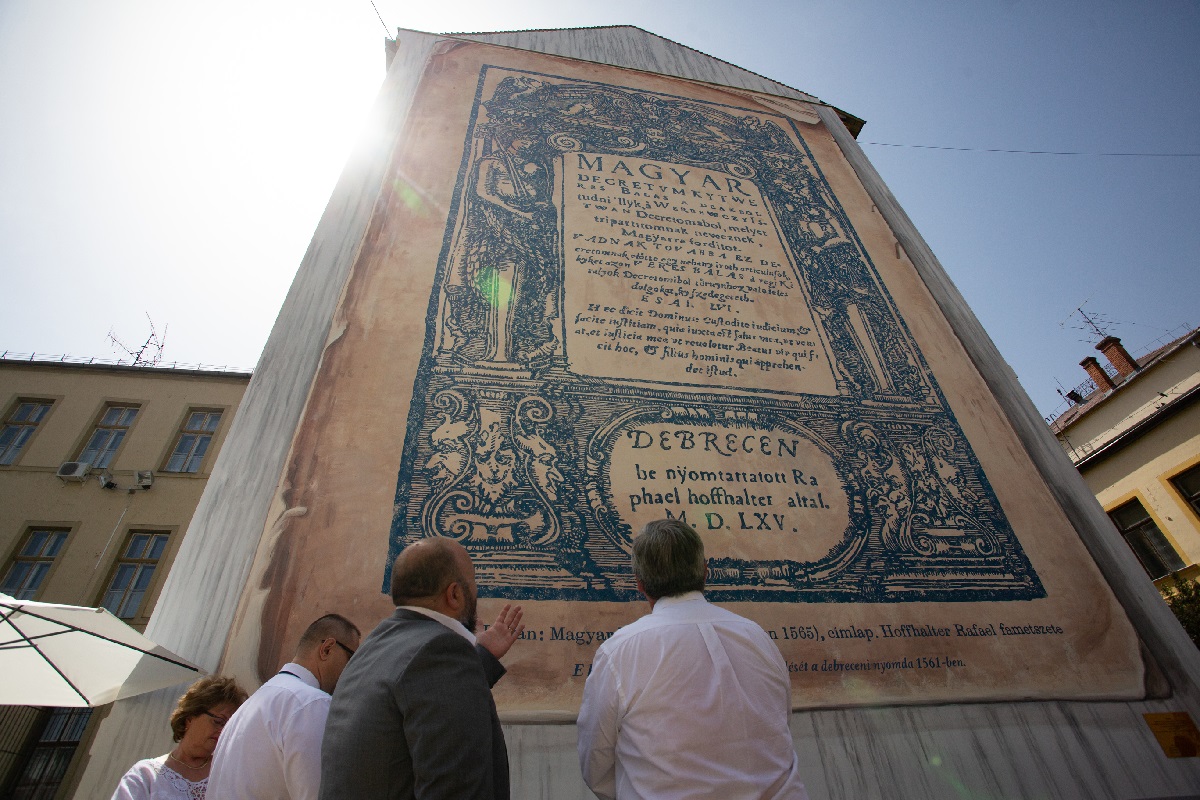
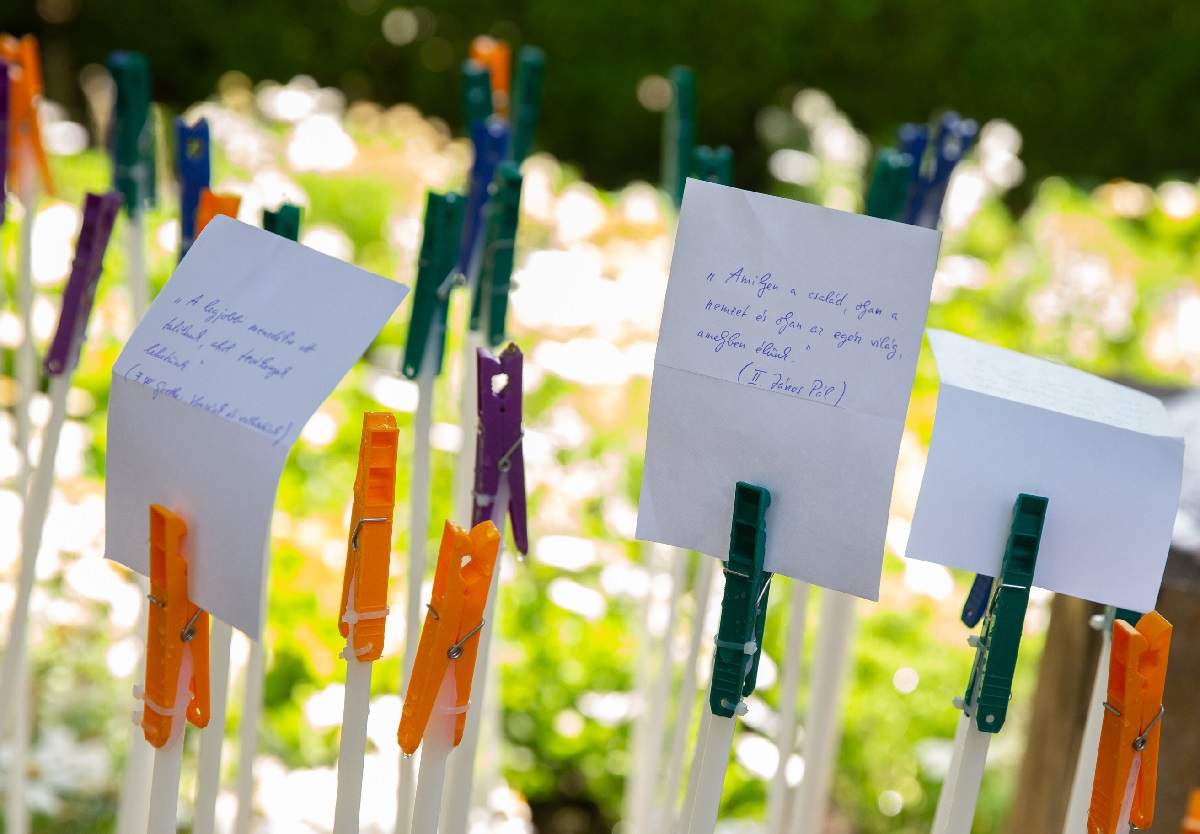
Literature also heals by creating communities, and this is the idea that inspired the initiative. The concept was nothing new: Rome had had a tradition of ‘speaking’ statues for several millennia, where the works of art spoke the populace’s mind and conveyed their messages to others.Debrecen had such a ‘speaking statue’, too, and that it was found in Magda Szabó’s novel Abigél. It provides an opportunity to message one another through literature and poetry, and thus rebuild our communities and cure one another with the power of literature. The goal is to have passers-by stop for a moment, read a few beautiful lines and quotes of healing power and perhaps also send messages to their fellow residents in the same way.

https://www.streetsofdebrecen.hu/neubauer-janos-sodrony-kerites-gyara/
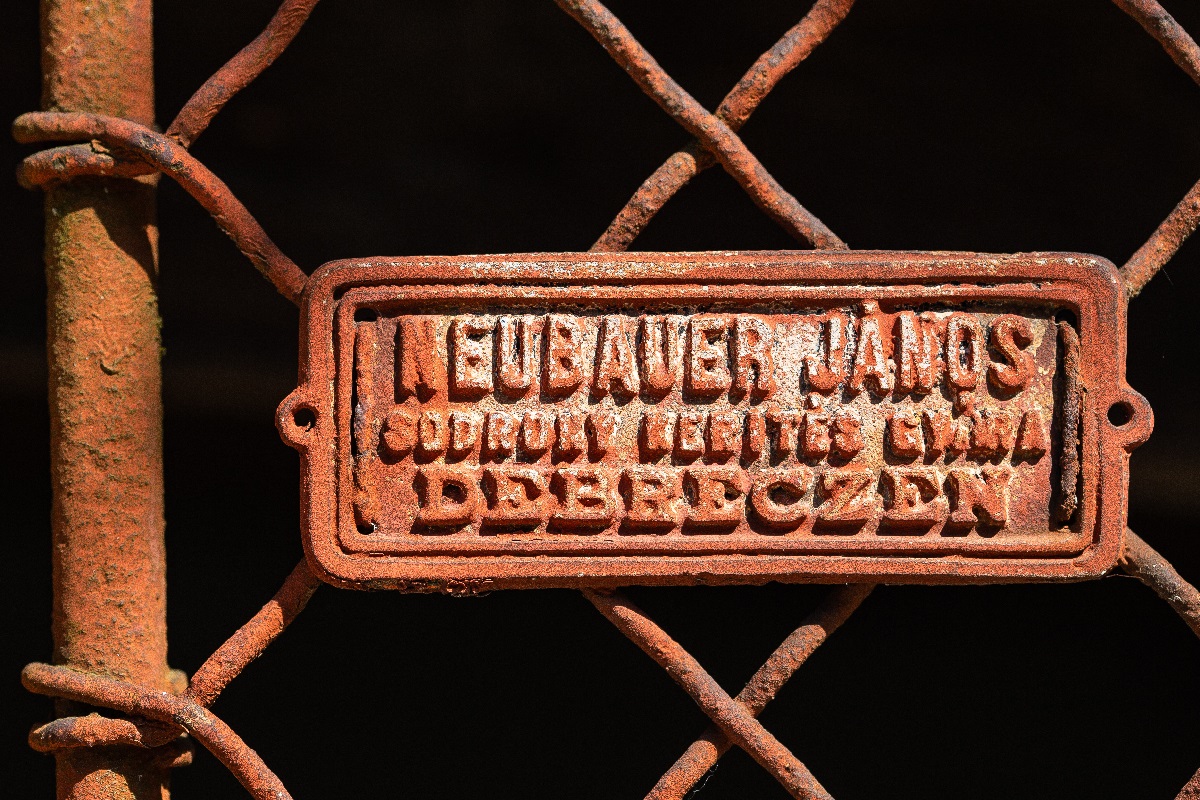
The facades of cívis (civil) or townhouses, while being the last reminders of a unique architectural style, in some cases also tell us about certain eras of history. Ajtó Street was renamed Sallai Imre Street between 1945 and 1991, commemorating the Communist private officer who was executed in 1932 together with Sándor Fürst for blowing up the Biatorbágy railway viaduct. Although the street name was restored in 1991, the old street sign still remains on old townhouses at the beginning of the street, for instance no. 11 still has it, and the plaque marking Debrecen’s districts – terminated since then – is still visible (‘II. KER.’), just like in the case of many townhouses of the historic town centre.
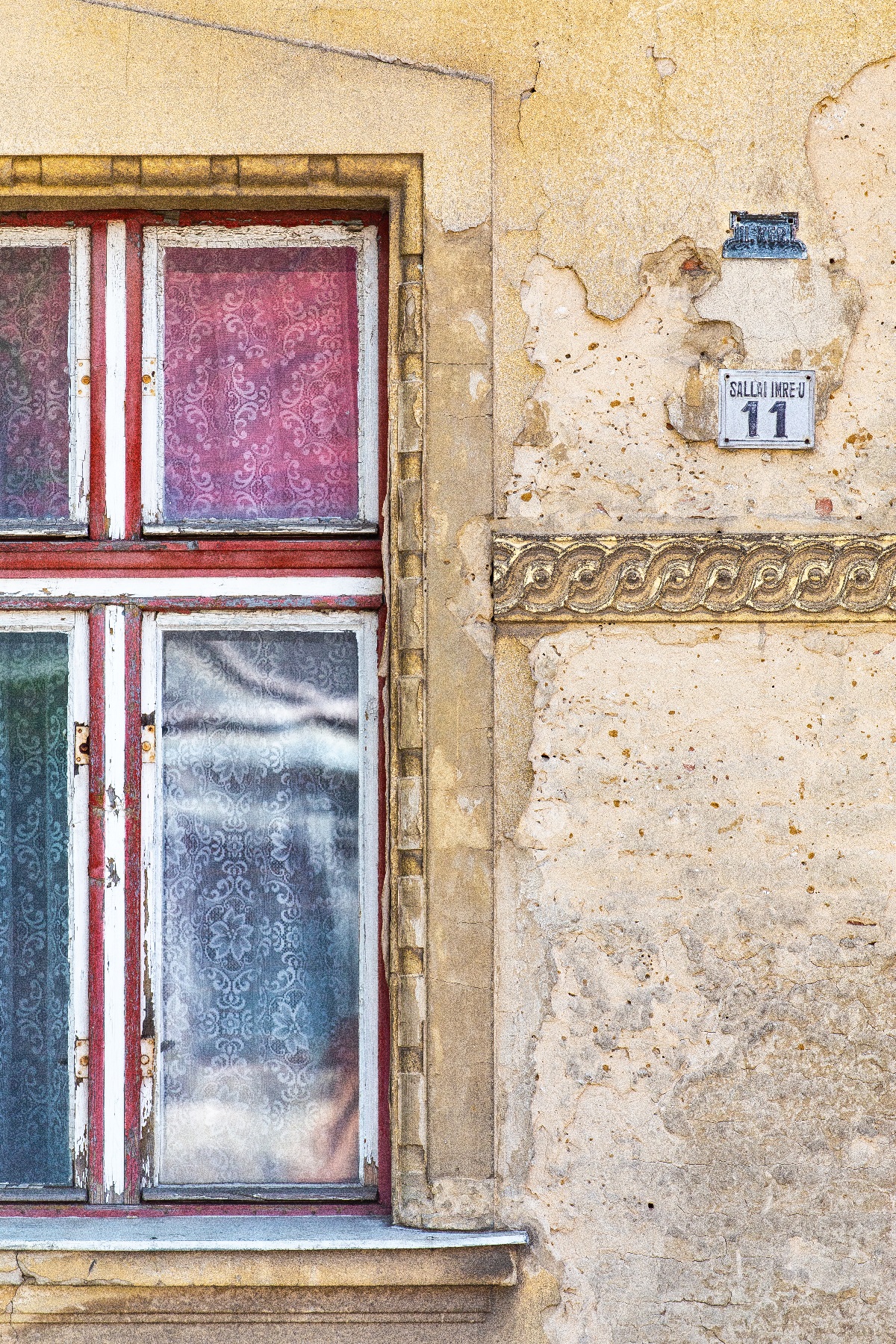
Carved gates
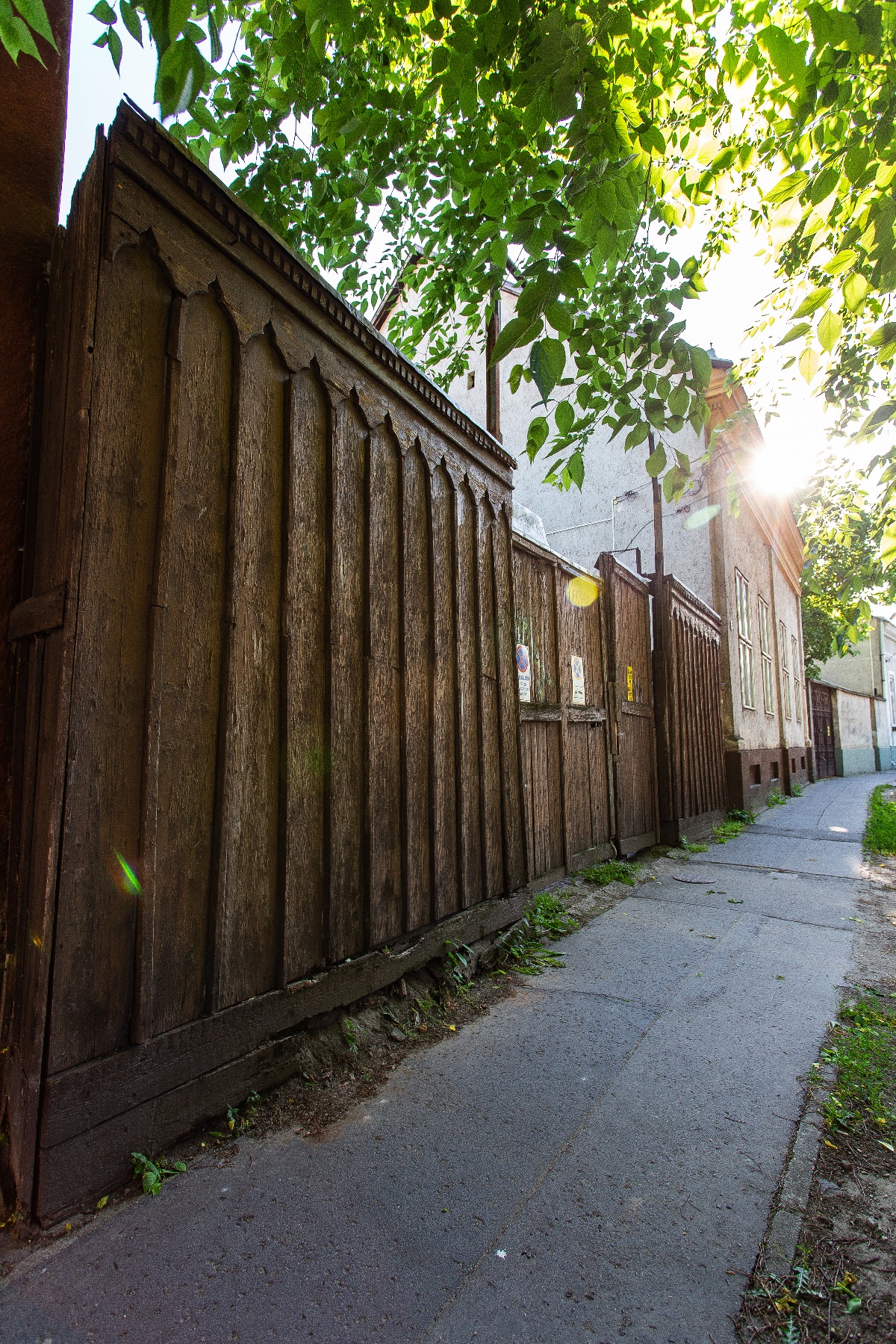
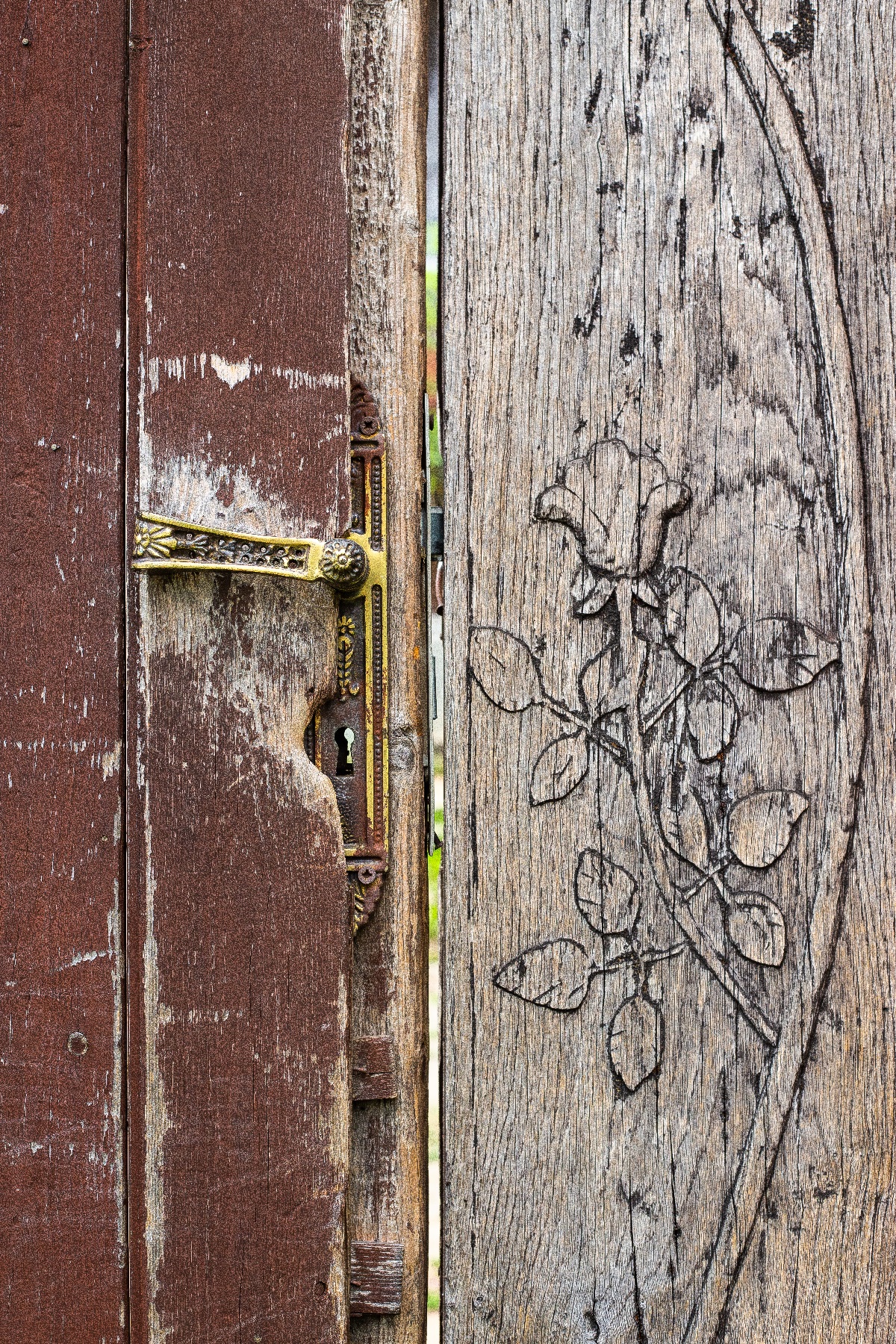

© debrecenliterature.hu All Rights Reserved Privacy Policy